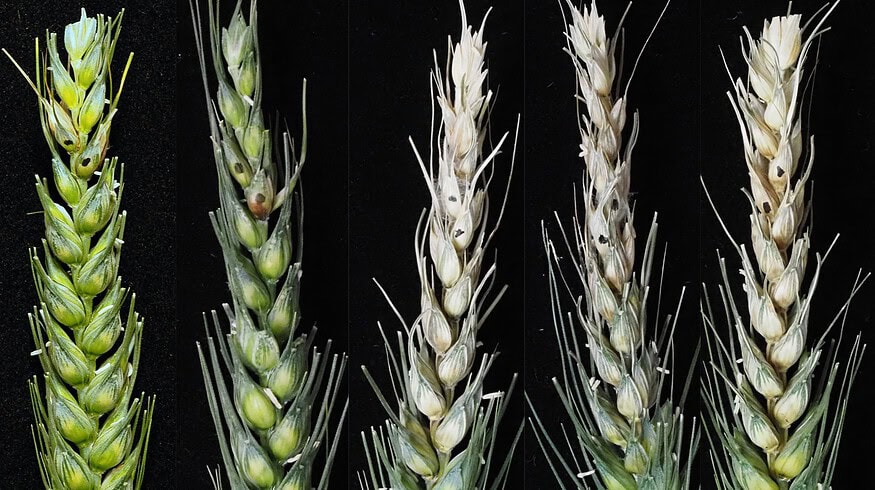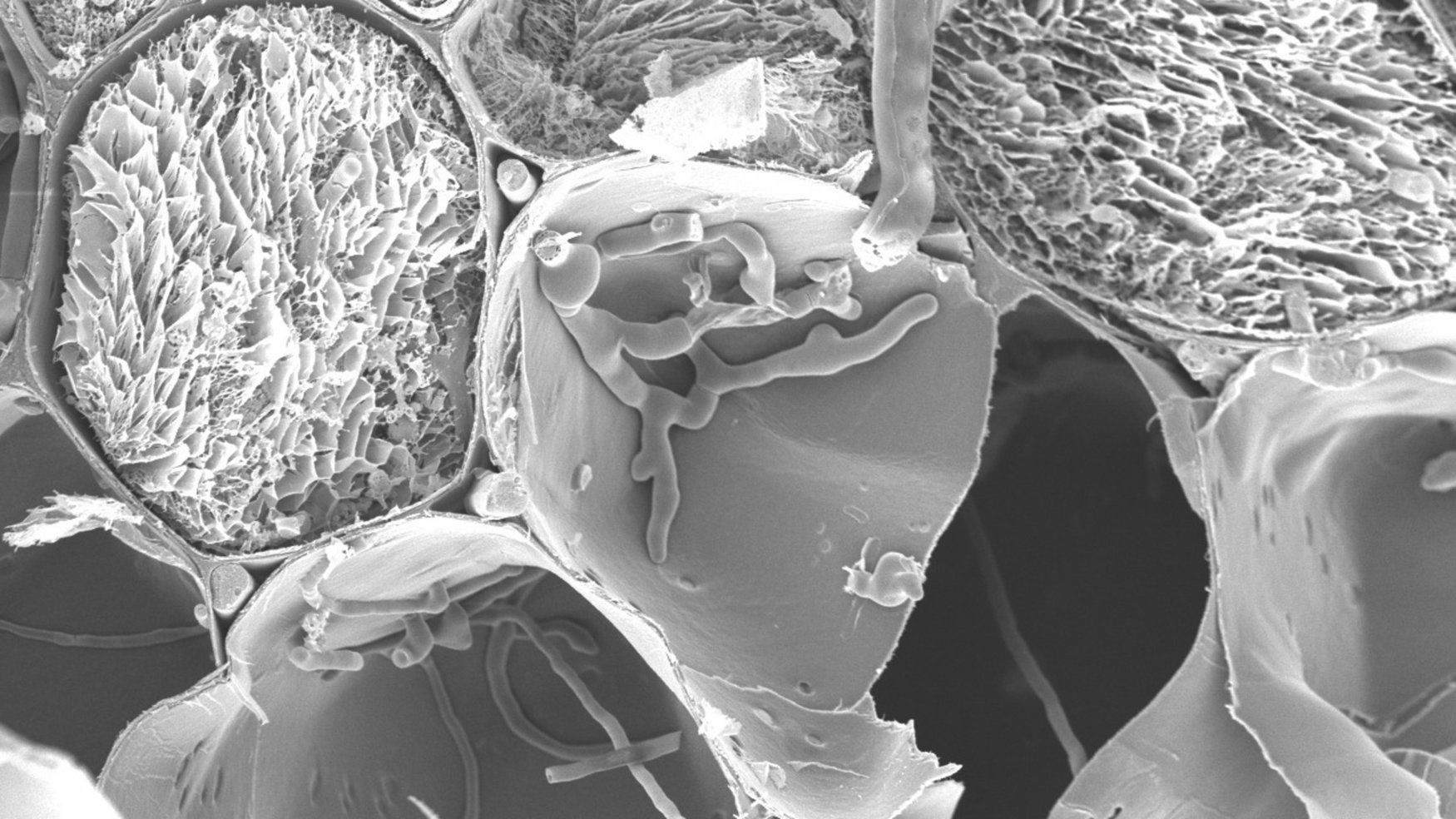Understanding Fusarium graminearum’s spread through wheat

A recent study has identified the role of deoxynivalenol (DON), a mycotoxin produced by Fusarium graminearum, in the spread of Fusarium Head Blight (FHB), a significant disease affecting wheat. The research shows that DON facilitates the fungus’s movement through plant cell walls by targeting plasmodesmata, microscopic channels that allow the fungus to spread within the plant.
DON is known for contaminating wheat grain and posing risks to food and animal feed safety. The study, which used advanced bioimaging techniques, found that DON plays a critical role in enabling the pathogen to move through these cellular openings, which is necessary for widespread infection.
The research team found that deleting a specific gene, TRI5, which is responsible for producing an enzyme involved in DON production, significantly limited fungal spread. This restricted the infection to the initially affected spikelet. Attempts to restore the fungus’s ability to spread by applying external DON were unsuccessful, suggesting that DON secretion is regulated within the plant and may target plasmodesmata directly.
Further analysis showed that the infection did not change the thickness of the plant’s cell walls but affected the deposition of callose, a carbohydrate that typically blocks plasmodesmata. When DON was applied externally, callose deposits increased, but fungal hyphae reduced these deposits, showing the interaction between fungal toxins and the plant’s defenses.
Dr. Victoria Armer, the study’s lead researcher, explained, “Our research provides insights into how Fusarium graminearum spreads within the wheat spike. This could help in developing resistant crop varieties or targeted disease management strategies. With Fusarium Head Blight threatening global wheat production and food safety, understanding this process is important for protecting future harvests.”
The study was recently awarded the Best Student Paper of 2024 by the journal Molecular Plant Pathology. Dr. Armer’s research was supported by the BBSRC-funded South-West Biosciences Doctoral Training Partnership.
Enjoyed this story?
Every Monday, our subscribers get their hands on a digest of the most trending agriculture news. You can join them too!












Discussion0 comments